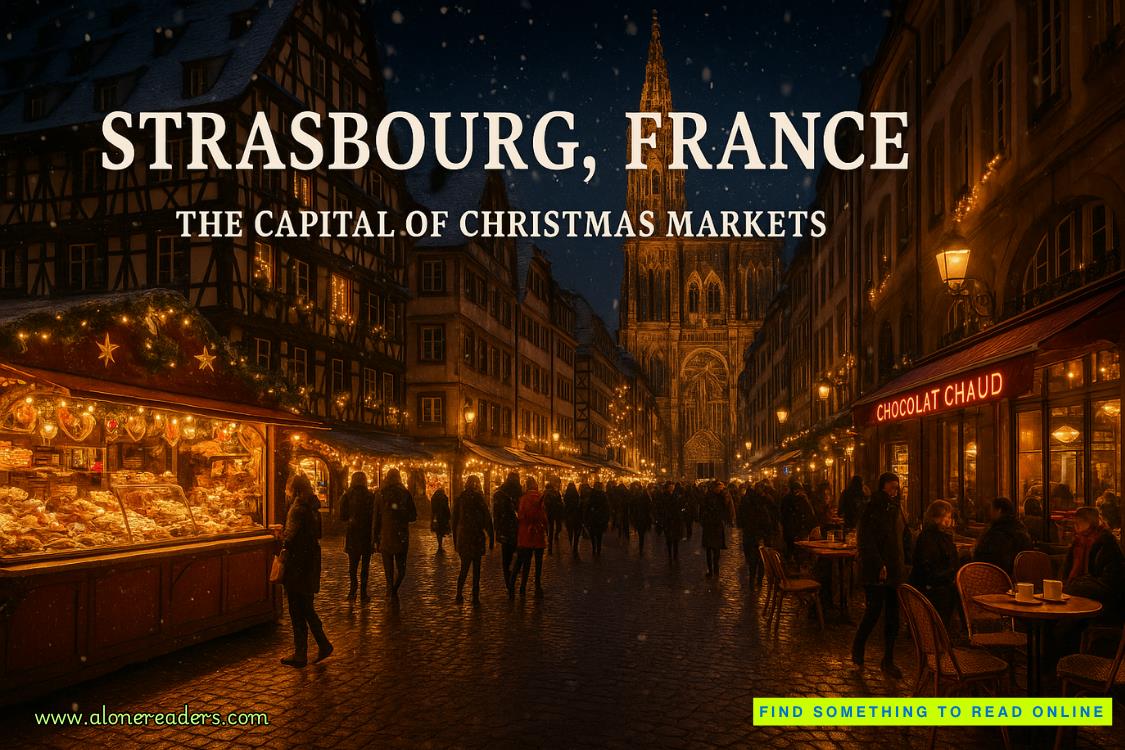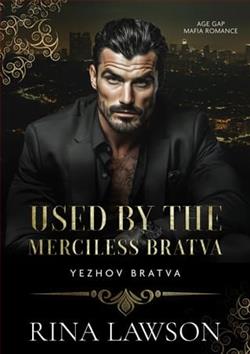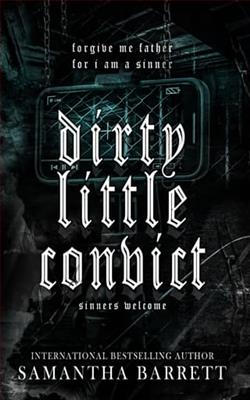Page 59 of Wished
“Here we are.” She smiles broadly for the first time since we arrived.
She slides the leather case onto the table and then sets white archivist’s gloves, jeweler’s tweezers, and a loupe on the table.
I lean forward in my chair, taking in the antique parure case.
“This is one of the finest parure sets in our collection,” she says proudly, “although unfinished, of course, as you have the necklace.”
She darts a quick questioning glance at Max, and I can tell by the gleam in her eye that she’d give up wine and chocolate forever if it meant she could add the necklace to the museum’s collection.
“Madame Barone, this is the first time you’ve seen the set?” she asks as she opens the case.
“Yes—”
I would say more, but all my words flee like leaves in a windstorm. I let out a stunned exhale.
“Beautiful, no?” she asks. “We were very lucky to acquire this set.”
“Beautiful” is an understatement. I thought the necklace was the most gorgeous piece of jewelry I’d ever seen, but alone, the necklace was like a gemstone fallen from its crown. It belongs here. Or these belong with the necklace.
The case on the outside is burgundy leather, and on the inside it’s satin and velvet. Nestled in the confines is a glittering, winking, startling set of sapphire jewelry that is more than 250 years old. In a word, it’s dazzling.
“You said you had history to share.” Edith looks to Max.
He nods, stroking the sensitive spot in the center of my palm. “Yes. This set, in Barone family history, is called the Bride’s Parure—” He stops and looks over at me. “Do you know what ‘parure’ means?”
I smile. I do. Parure were one of my favorite things to research in my days of jewelry obsession.
“It means adorn. It’s a set of matching jewelry meant to be worn en suite. Sometimes there were only a few pieces—a necklace, a ring, bracelets, earrings, a broach. Other times, they were very elaborate, up to sixteen pieces. Parure were very popular, especially in the Georgian era ...” I trail off at the surprised look on Max’s face. He wasn’t expecting me to know anything about antique jewelry.
“I didn’t know you were so well-versed,” he says with a curious smile.
“Of course she is,” Edith says, waving Max’s surprise aside. “She’s your wife. The last time you were here, Madame Barone and I had a delightful conversation about Queen Maria Amélie’s sapphire parure.”
“Ah. That’s right.” Max nods, the circling of his thumb over my palm slowing. “I’d forgotten.”
He knows there was no last time I was here. I’ve never met Edith before. But he smiles as if it’s only natural I know all about eighteenth-century jewelry.
Edith gestures for him to go on. “Continue, please.”
He takes a breath and looks over the sapphire and diamonds sparkling in the cold room light. “This set was completed in 1750 for my great-great, too many greats,”—he waves his hand—“Grandmother Marie Thérèse Chambray as a wedding gift. When King Louis XV requested”—Max’s mouth tilts into an ironic smile, letting me know the request was actually a command—“that all precious gems and jewelry be given to the state to fund the Seven Years War, Marie Thérèse gave all in her possession except this set, which she hid for many years.”
I lean forward excitedly. “Yes. That’s why iron and cut-steel jewelry became so popular. They called it iron for gold. They upcycled nails, created iron chokers. Women wore iron jewelry to show support for military campaigns or as a substitute for the jewelry they gave up.”
“We have quite a few pieces in our collection,” Edith says. “Quite a few.”
“Why did she hide these?” I ask.
“Wouldn’t you?” Max quirks an eyebrow. “Perhaps slip it in a pocket?”
I kick him under the table and he lets out a soft grunt.
“I have a letter from 1759 from Marie Thérèse to her daughter,” he continues, giving me a sidelong glance. “She claims to have hidden the set because it has unusual properties.”
Edith picks up the loupe and holds it over the bracelets, magnifying the gemstones. “Rivière-style bracelet meant to lengthen the necklace if desired. Graduated and faceted oval-shaped sapphires varying from deep to vivid blue. Foil-backed collet settings, 18 carat yellow gold. Rose-cut diamonds, typical of the era. Tool-marks indicative of hand-carving.”
She ticks off the attributes of the jewelry as briskly as her steps clicking down the hall, “Complementary brooch. Day-to-night earrings with the back-to-front European wire. The teardrop sapphire hangs below five rose-cut diamonds. Fine wirework with gold beads, stippled texture. The teardrop can be removed from the surmount for a day look. The tiara is”—she pulls the loupe away from her eye and glances back at Max—“stunning, but not unusual for this era and this caliber of piece.”
Max gives an acknowledging smile. “Exactly. It wasn’t the cut or the material that was unusual. It was what Marie Thérèse claimed the parure could do. She claimed in her letter that the parure granted its owner their fondest wish. If they whispered to the parure their heart’s desire, the stones, the jewelry,”—Max shrugs—“somethingwould hear them and grant their wish.”















